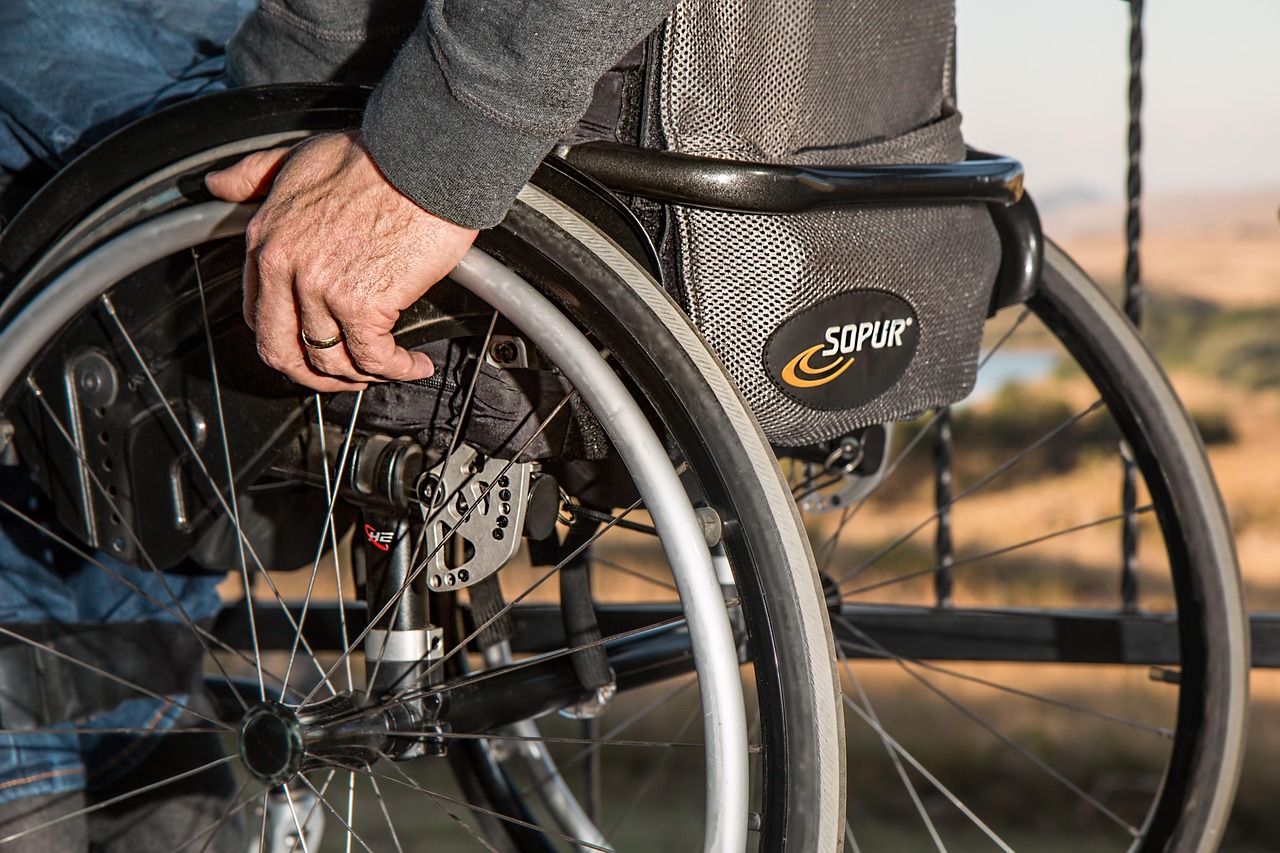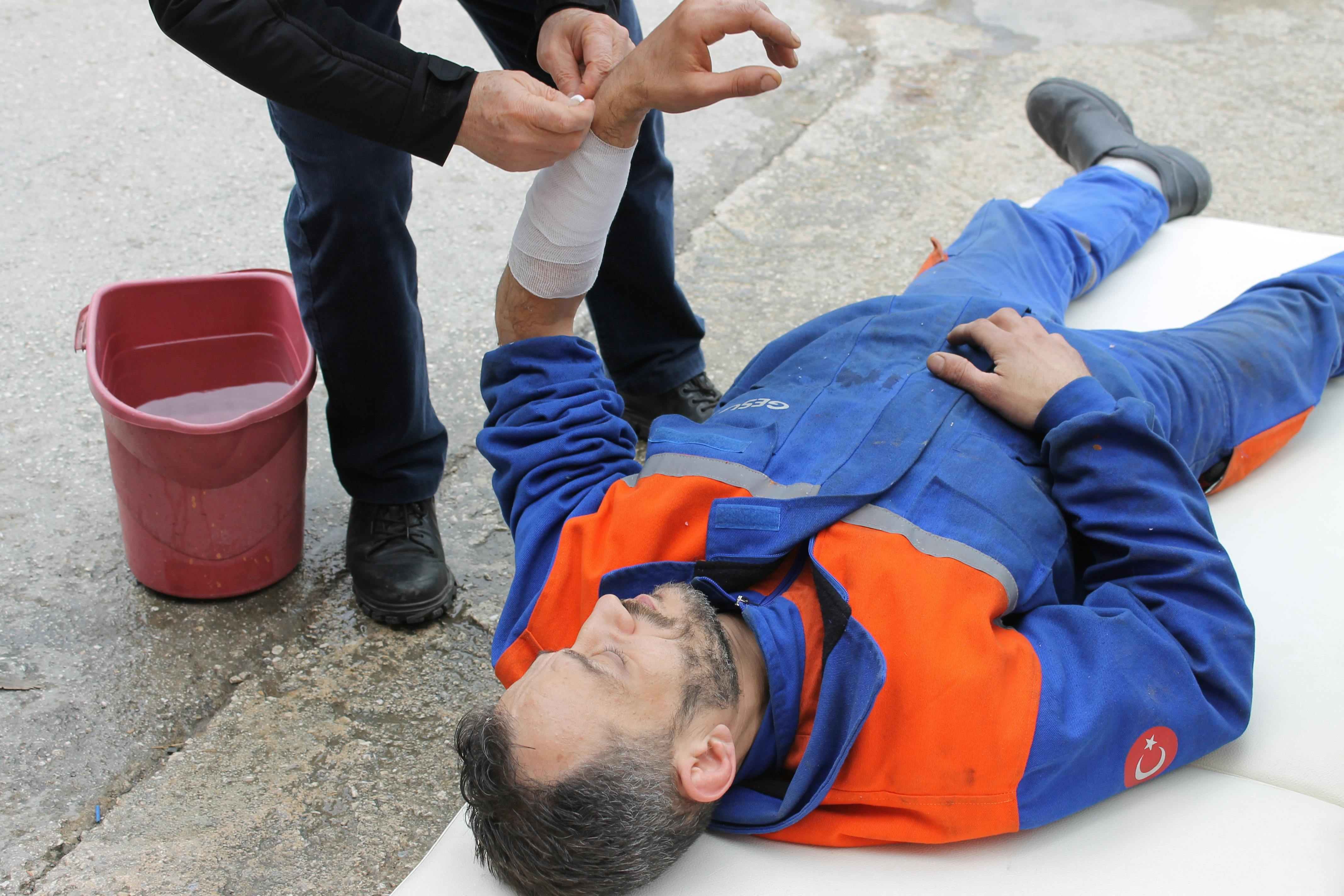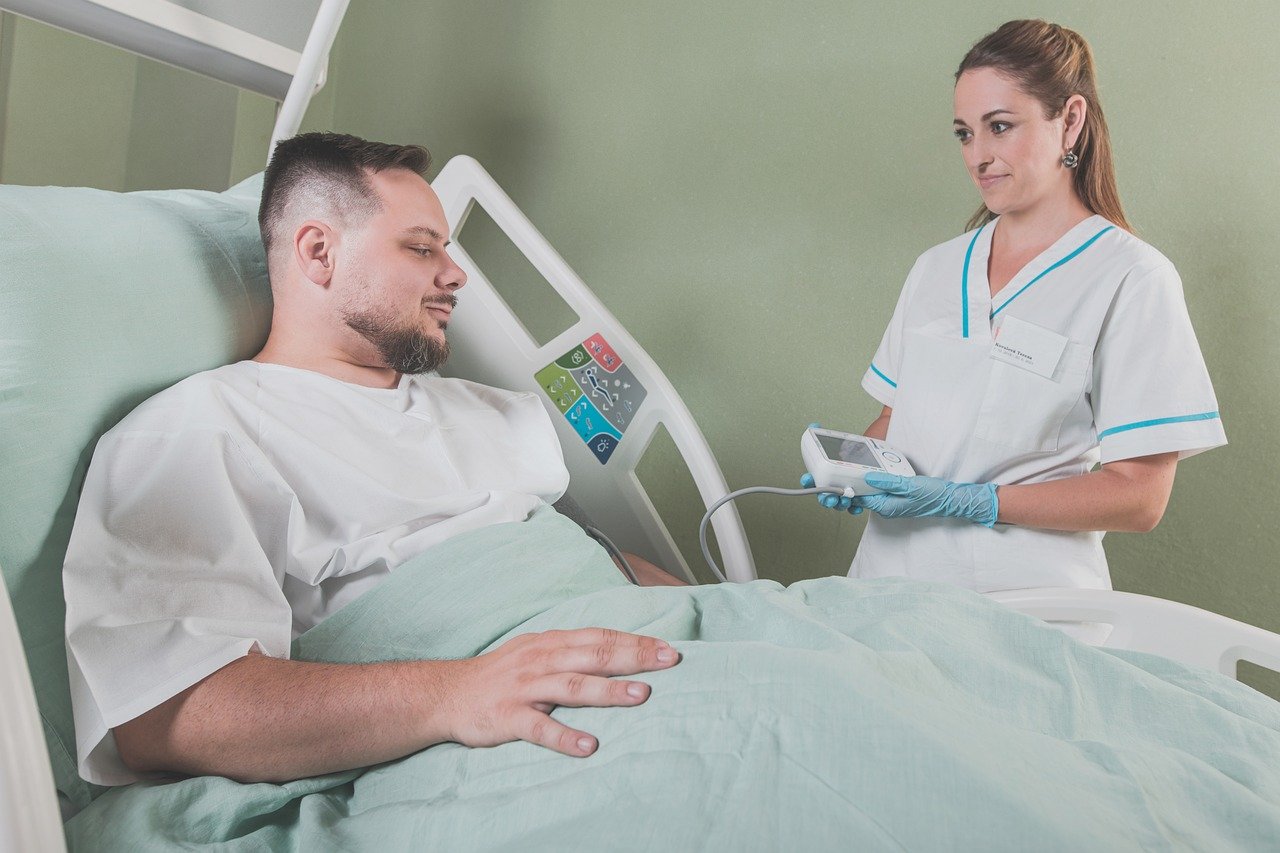28
Aug 2017
International Healthcare Worker Migration Affects Nursing Staff
Published in General on August 28, 2017

The proportion of foreign-schooled nurses in almost all OECD countries is significantly less than that of foreign-trained doctors. But, the number of nurses to doctors is much lower anyway, so the number of nurses schooled in foreign countries is likely greater than the number of doctors who also trained abroad.
OECD countries have varying numbers of nurses trained outside the country depending on their type of health care system. For example, there are almost no nurses working in Estonia, Turkey, Slovenia, or the Netherlands who were trained outside their country, but almost 25% of the nursing care staff in New Zealand and 10% to 20% of nursing staff in places like Switzerland, Australia, the United Kingdom and Israel were foreign-schooled. The number of nurses trained outside the country is above 5% in Norway, Canada, the United States, Germany and Italy.
When considering total numbers, the United States is at the top of the list with almost 250,000 nurses who were trained outside the country in 2013, while the United Kingdom has 86,000 (in 2014) and Germany has 70,000 foreign-trained nursing staff (in 2010) currently working.
The number of foreign-schooled nurses is on the increase in numerous OECD countries over the past ten years, particularly in New Zealand, Australia, Canada, and Italy. Since 2000, a huge increase in nurses in Italy are those who have come over from Romania, accounting for half of their foreign-taught nursing staff.
According to data from 2014, in the United Kingdom, half of all foreign-schooled nurses came from Asian countries, the majority of them from the Philippines (26%) and India (19%). However, there is an increase in other nurses schooled outside the country in places like Spain, Portugal, Romania, and Poland. In 2014, there were more than 5,600 nurses trained in Spain, 4,000 trained in Portugal and Romania, and more than 2,500 who were taught in Poland that are currently working in the U.K.
Other EU countries like France and Belgium are also seeing an increase in foreign-trained nurses, though their ratio to native-schooled nurses is still low compared to the numbers in the U.K. In France, numbers of foreign-trained nurses have more than doubled, from 2000 to 2013. More than half these nurses received their training in Belgium, but there’s a growing number of nurses who attended school in Portugal (over 1,100 in 2013, up from less than 100 in 2008) and Spain (over 1,600 in 2013, up from 1,100 in 2008).
In Belgium, there’s a significant number of nurses trained in Romania (more than 1,000 in 2014, up from 150 in 2008), Portugal (500 in 2014, up from 10 in 2008), and Spain (300 in 2014, up from about 50 in 2008).
In 2014, over 6,500 nurses were trained in Portugal and over 9,200 were taught in Spain who then went on to work in other EU countries, primarily inside the United Kingdom.









